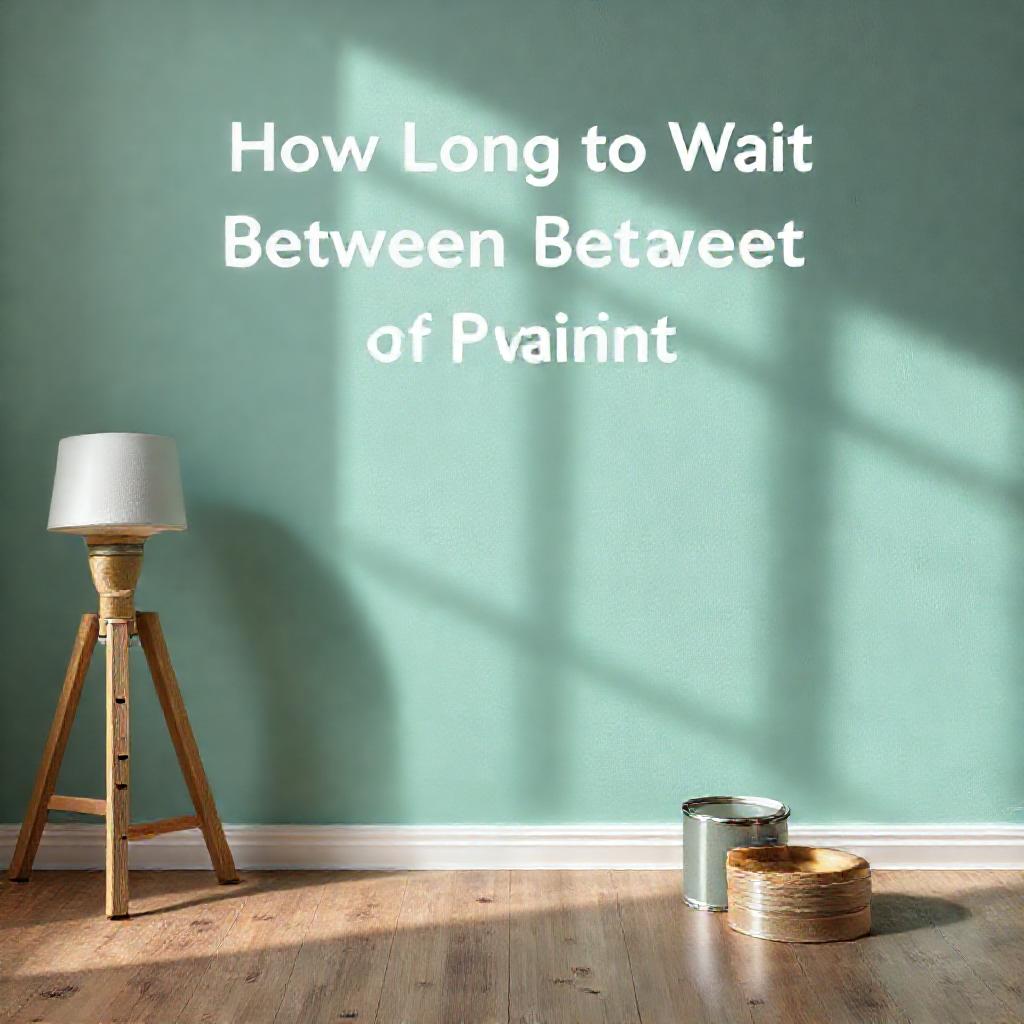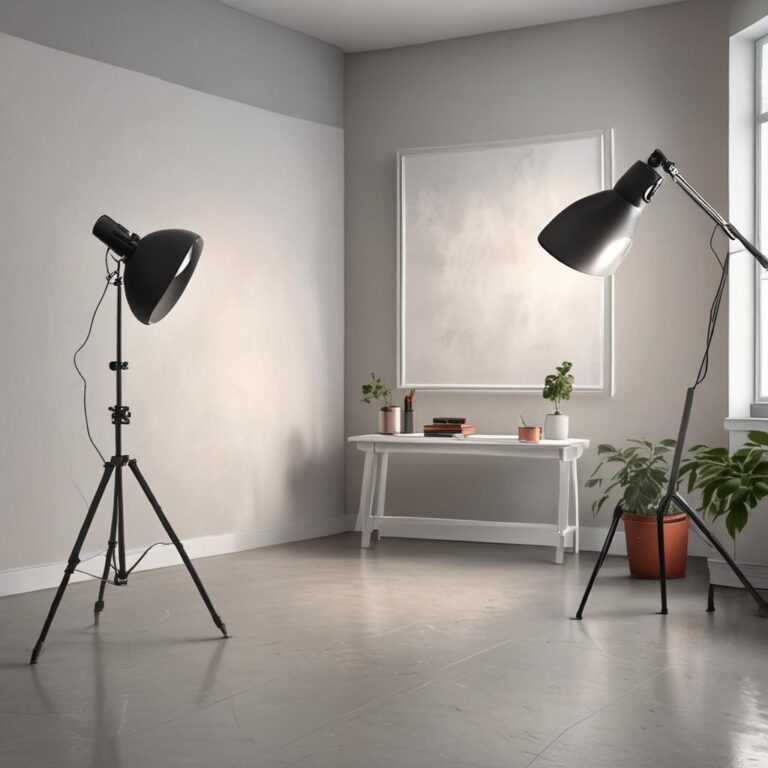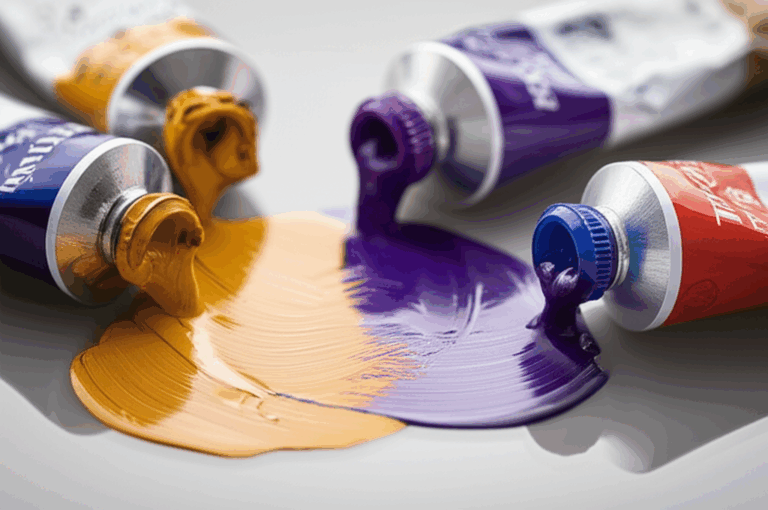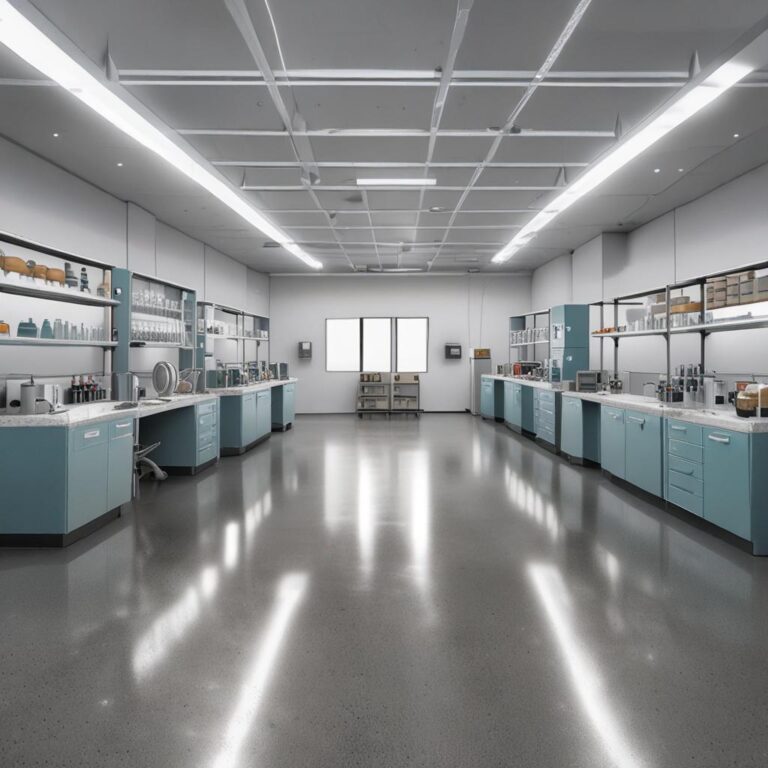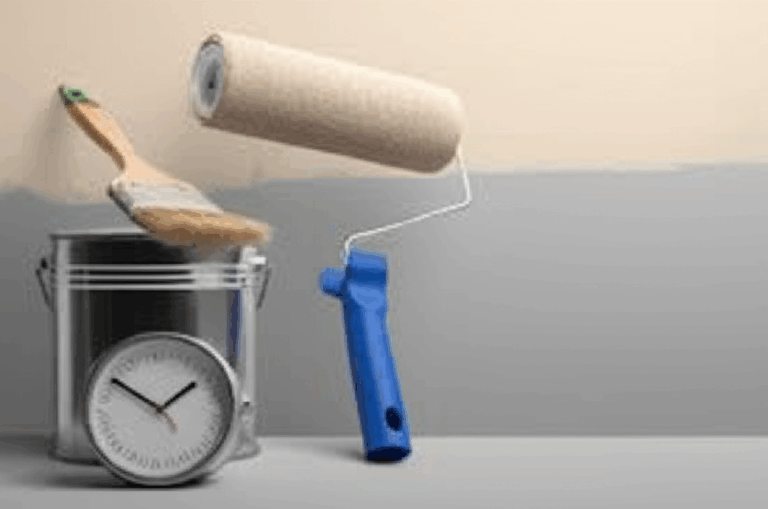How Long to Wait Between Coats of Paint
Achieving a smooth, long-lasting paint finish requires more than just picking the right colors or tools. One critical step often overlooked is allowing sufficient time between coats of paint. Rushing this process can lead to a range of issues, from bubbling and peeling to an uneven texture that mars your efforts. On the other hand, waiting too long can compromise adhesion, creating a weak, flaky finish. The key lies in understanding how different factors influence drying times and following best practices tailored to your materials and conditions. This guide will walk you through everything you need to know to ensure optimal results.
Factors Affecting Drying Time Between Coats
Type of Paint
The type of paint you use significantly impacts drying time. Water-based latex paints typically dry faster—within 1 to 2 hours—making them ideal for quick projects. Oil-based paints, however, require longer drying periods, often 6 to 8 hours before a second coat. Specialty paints like chalk paint and epoxy also vary; chalk paint dries rapidly in 30 minutes to an hour, while epoxy may need 12 to 24 hours to cure properly.
Environmental Conditions
Temperature, humidity, and airflow play vital roles. Warmer, drier environments accelerate drying, while cold or high-humidity conditions slow it down. Ensure proper ventilation by using fans or opening windows, but avoid direct heat sources, which can cause uneven drying or cracking.
Surface Material
Porous surfaces such as wood or drywall absorb paint more readily, extending drying times compared to non-porous materials like metal or glass. Always prepare surfaces with a primer if they’re uneven or absorbent to create a consistent base and reduce drying variability.
Thickness of Application
Thicker coats take longer to dry and are more prone to defects. Applying thin, even layers not only speeds up drying but also ensures better adhesion and coverage. Overloading tools like brushes or rollers can lead to drips and longer wait times.
Essential Checklist
Goal Definition
Clearly define objectives and success metrics
Resource Planning
Allocate necessary time, budget, and personnel
Implementation Strategy
Develop step-by-step execution plan
Quality Assurance
Establish testing and validation procedures
Performance Monitoring
Set up tracking and reporting systems
Essential items for How Long to Wait Between Coats of Paint
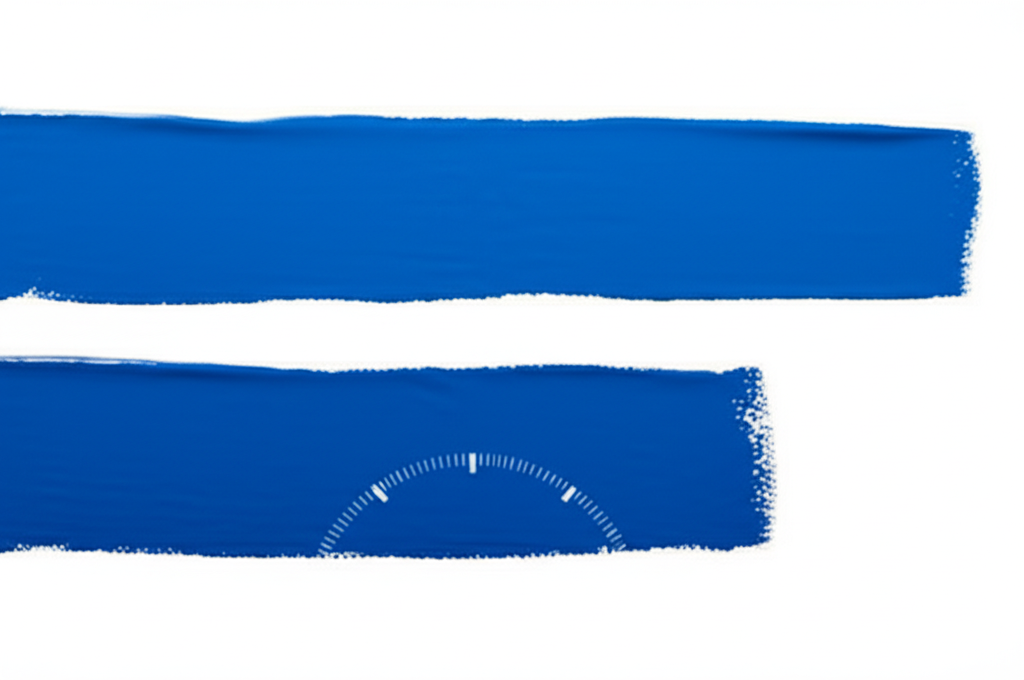
Recommended Wait Times for Different Types of Paint
Water-Based Paints (Latex)
Latex paints are a favorite for interior and exterior projects due to their quick drying time. Expect the first coat to dry to the touch in 1 to 2 hours, with a recoat window of 4 to 6 hours. Always confirm the paint feels completely dry before proceeding.
Oil-Based Paints
Oil-based paints require patience. While they dry to the touch in 6 to 8 hours, it’s best to wait at least 24 hours before applying a second coat. This allows the paint to cure fully, preventing issues like wrinkling or poor adhesion.
Primer
Primer sets the stage for a flawless finish, but drying times depend on the type. Water-based primers often dry in 1 to 3 hours with recoat times around 4 to 6 hours. Oil-based primers may need 8 to 12 hours to dry and 24 hours to recoat. Always check the product label for specifics.
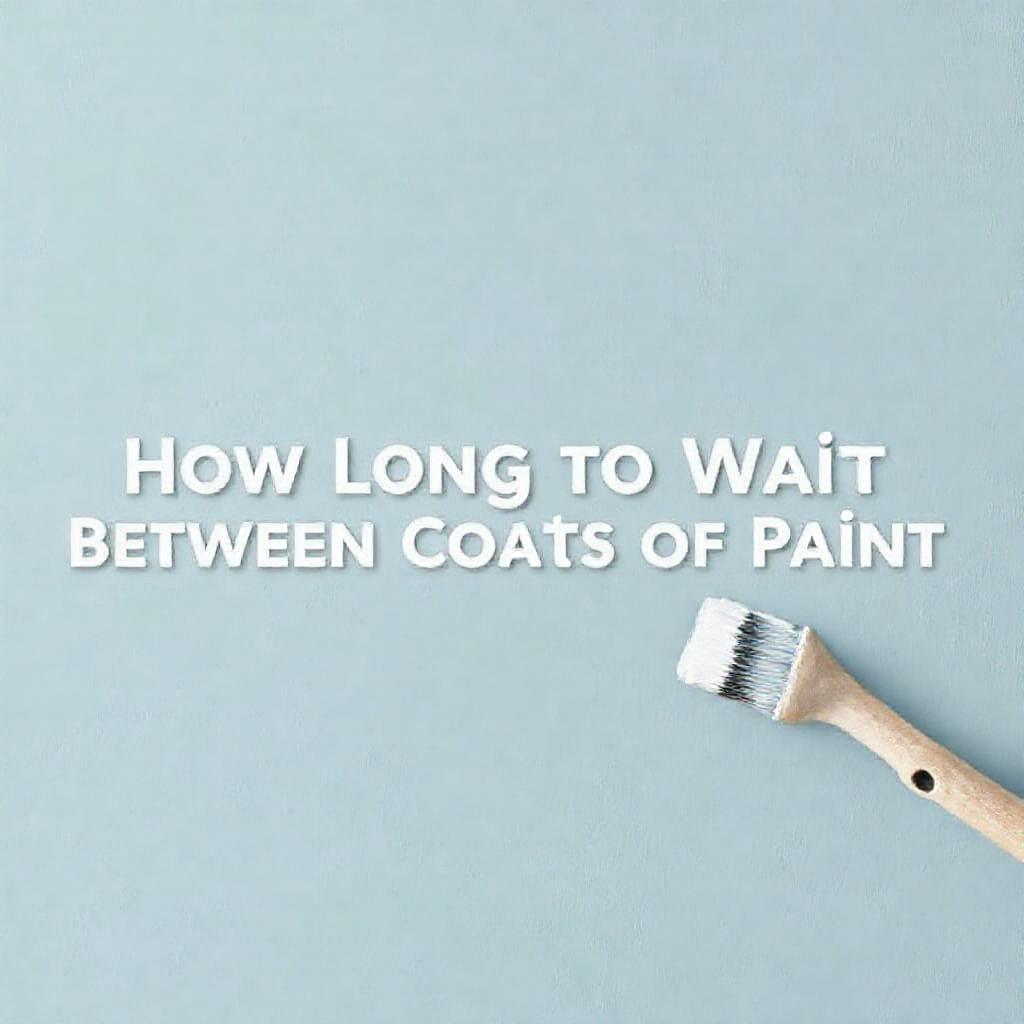
Specialty Paints
Chalk paint is unique for its fast drying time, allowing a second coat in as little as 30 minutes to an hour. Epoxy coatings, used for floors or industrial projects, require 12 to 24 hours between coats. These times can vary, so adhere to manufacturer guidelines for best results.
Tips for Ensuring Proper Drying Between Coats
To guarantee a professional finish, consider these strategies:
- Follow Manufacturer’s Instructions: Every paint brand has specific drying and curing times listed on the can. These recommendations are tailored to the product’s chemical makeup.
- Optimize Environmental Conditions: Use dehumidifiers in damp areas, heaters in cold spaces, and fans to promote airflow. Ideal conditions are 65–85°F (18–30°C) with low humidity.
- Test for Dryness: Lightly touch a small area of the painted surface. If it feels dry and doesn’t leave a mark, it’s ready for the next coat. For oil-based paints, wait until the surface is no longer tacky.
- Apply Thin, Even Coats: Thinner layers dry faster and reduce the risk of drips or sags. Use a high-quality roller or brush for consistent application.
Common Mistakes to Avoid
- Recoating Too Soon: Rushing can trap moisture in the first coat, leading to peeling, bubbling, or a patchy appearance. Allow full drying time for each layer.
- Recoating Too Late: Waiting excessively long may mean the first coat has cured too much, causing adhesion problems. In such cases, lightly sand the surface before applying the next coat.
- Ignoring Environmental Factors: High humidity or cold temperatures can dramatically delay drying. Adjust your schedule or workspace conditions accordingly.
Conclusion
Proper drying time between coats is essential for a durable, attractive finish. Understanding paint types, environmental influences, and surface properties helps you avoid common pitfalls. Whether you’re using quick-drying latex or slow-curing epoxy, patience and preparation are key. Always follow the manufacturer’s guidelines and adapt to your workspace conditions. By doing so, you’ll ensure your painted surfaces remain smooth, vibrant, and long-lasting for years to come.
FAQ Section
Can I speed up the drying time between coats?
Yes. Improve airflow with fans, reduce humidity using dehumidifiers, or opt for fast-drying paint formulas designed for quicker results.
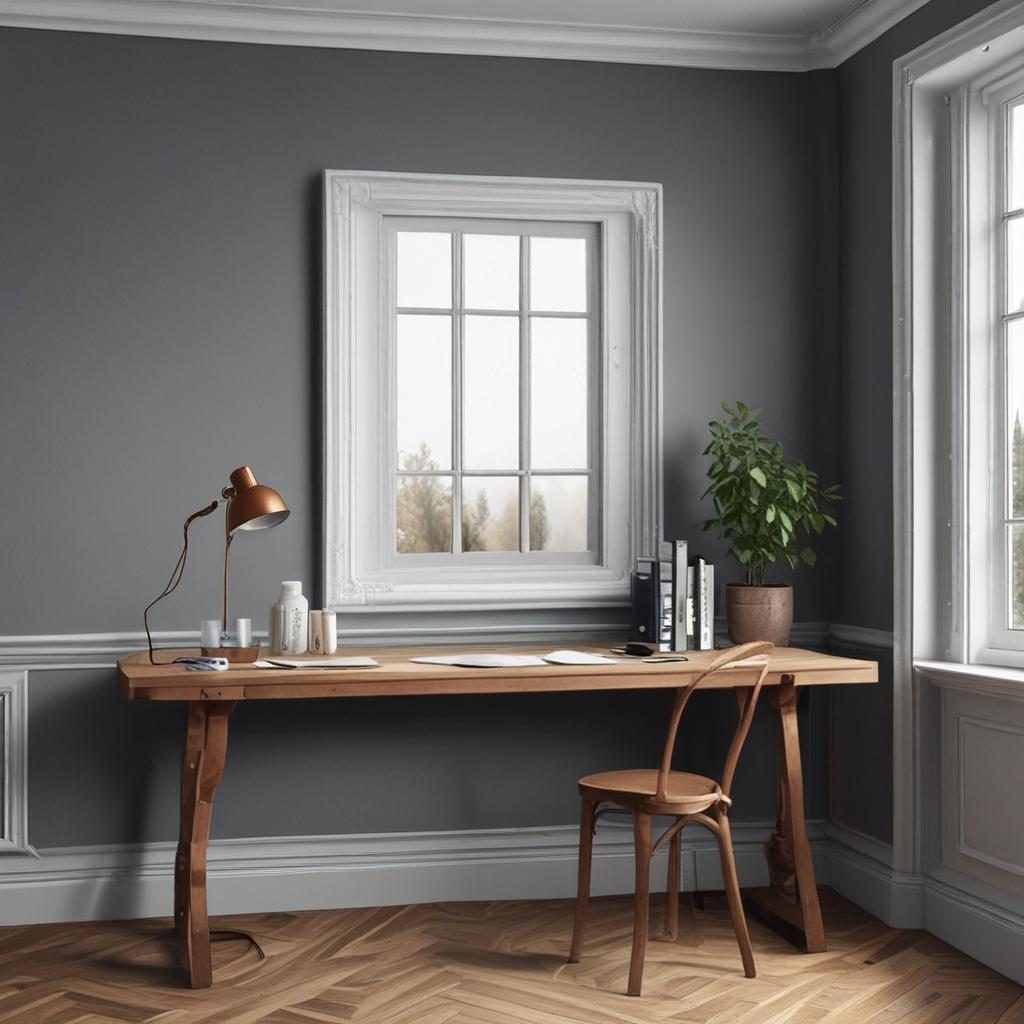
What happens if I don’t wait long enough between coats?
The second coat may not adhere properly, causing peeling, bubbling, or a mottled finish. It can also trap imperfections, making them more visible.
How do I know if the first coat is dry enough for the second coat?
Perform a light touch test. If the paint feels dry, isn’t sticky, and leaves no residue, it’s ready. Avoid pressing too hard, as this can disturb the surface.
Does the drying time differ for walls vs. furniture?
Yes. Furniture often dries faster due to smaller surface areas and better airflow. Walls in large, humid rooms may take longer, so adjust your schedule accordingly.
Can I paint over oil-based paint with water-based paint?
Yes, but wait until the oil-based coat is fully cured (typically 24 hours) and use a primer designed for oil-to-latex transitions to ensure compatibility and adhesion.

